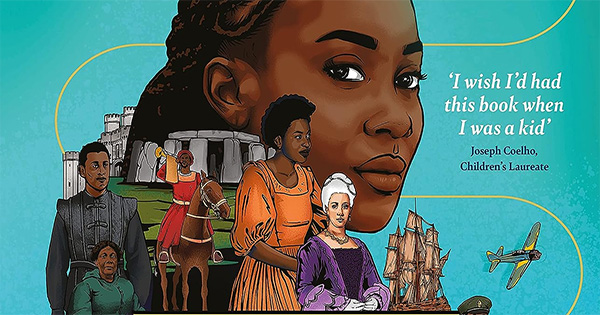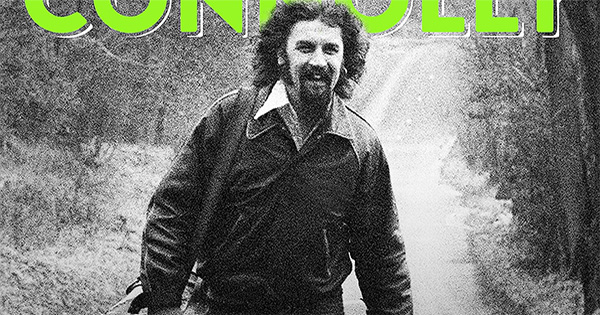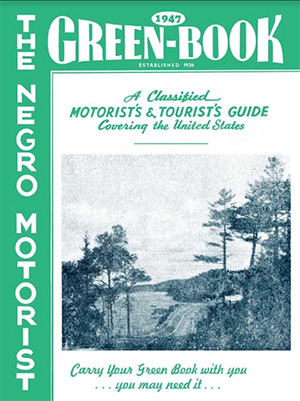The Negro Motorist Green Books were a series of travel guides published by postal worker Victor Hugo Green from the 1930’s to the 1960’s, when civil rights laws brought about an end to legal segregation. The books informed travellers as to where they could find places that would allow black people to sleep, eat, and shop. The books went out of publication after the 60s and were all but forgotten about, until they were recently rediscovered and reprinted for modern readers.
The first Green Book was published in 1936 and served to help black travelers in the United States find services that would be open to them and also advised on the accepted custom for black people in different areas. The book’s tagline, “Carry your Green Book with you … you may need it,” serves as both good advice and as a warning of the intolerance of many white people.

As The Guardian reports, The Green Books were particularly useful to young, middle-class African-Americans who had the money to travel but were still faced with segregation laws that prevented them from being able to stay in certain hotels and frequent certain restaurants. A publisher at About Comics in California, named Nat Gertler, has just republished the 1947 edition of the Green Book guide, with the 1940, 1954 and 1963 having been republished earlier. The books have been a tremendous hit and have sold over 10,000 copies via online sales and sales from gift shops such as the Smithsonian’s National Museum of African American History and Culture in Washington, DC, and the National Civil Rights Museum Memphis, Tennessee.
“The reaction to the book is very, very good … and when you can hand one to someone directly, it’s amazing. Unless they’re an older person of colour who lived through the era, they probably heard about this sort of segregation in school – at least, I hope they did – but that was as a very abstract thing. When they get their hands on a Green Book, you can see a dawning cross their face, because it really depicts a practical reality,” said Gertler.
“The heart of the book is a fairly short list of places where black people could have stayed. You look up your home town, and maybe there’s no places listed, or maybe there’s three … and two of them are ‘tourist homes’, basically the Airbnb of the day, private residences that would rent you one of their rooms to crash for the night. There’s this certain expectation that the book might be filled with angry polemics about how unfair this all is, or explaining why this guide was needed, but there’s little of that. The person buying this understood very well what the situation was, they were living it every day. So there were things like Victor Green writing about how he expected that some day this guide would no longer be needed – he didn’t live to see that day, alas – but for the bulk of the book it is just practical information, listings and ads.”
Gertler explained that he heard about the Green Books a few years ago, saying: It “piqued my interest particularly because, while I’m not a person of colour myself, my beloved stepmother is half-black, half-Cherokee. And I’d talked with her about what it was like travelling the US under segregation. She’d be on a trip with people from her school, and while all the white girls would stay at a hotel in town, she’d have to find a special place outside the city limits that would take her.”
Gertler didn’t think he’s have trouble finding a copy, but they proved to be quite rare. “You figure, hey, they printed piles of these things, it shouldn’t be too hard – but of course these were disposable, practical items … So copies are rarely available, and when they are, they’re thousands of dollars. These are museum items,” he said.
Green Books were originally sold at service stations across the country or could be ordered by via mail. The fuel station company Esso was well known for stocking copies of the book as it was one of the few fuel companies that was willing to serve African Americans.
One of the original guides features a forward from Green which reads: “There will be a day sometime in the near future when this guide will not have to be published. That is when we as a race will have equal opportunities and privileges in the United States. It will be a great day for us to suspend this publication for then we can go wherever we please, and without embarrassment.” Unfortunately, Green never lived to see this day and died in 1960, four years before The Civil Rights Act was passed.

10 of 2024’s Most Anticipated Reads

New Children’s Book Reveals the Black History of the UK

Roald Dahl Estate Announces ‘Wonka’ Tie-in Novel

Billy Connolly Announces New Book ‘Rambling Man’

Chris Hadfield Announces New Thriller Novel The Defector

Swedish Author to Pen New Girl With the Dragon Tattoo Novel

